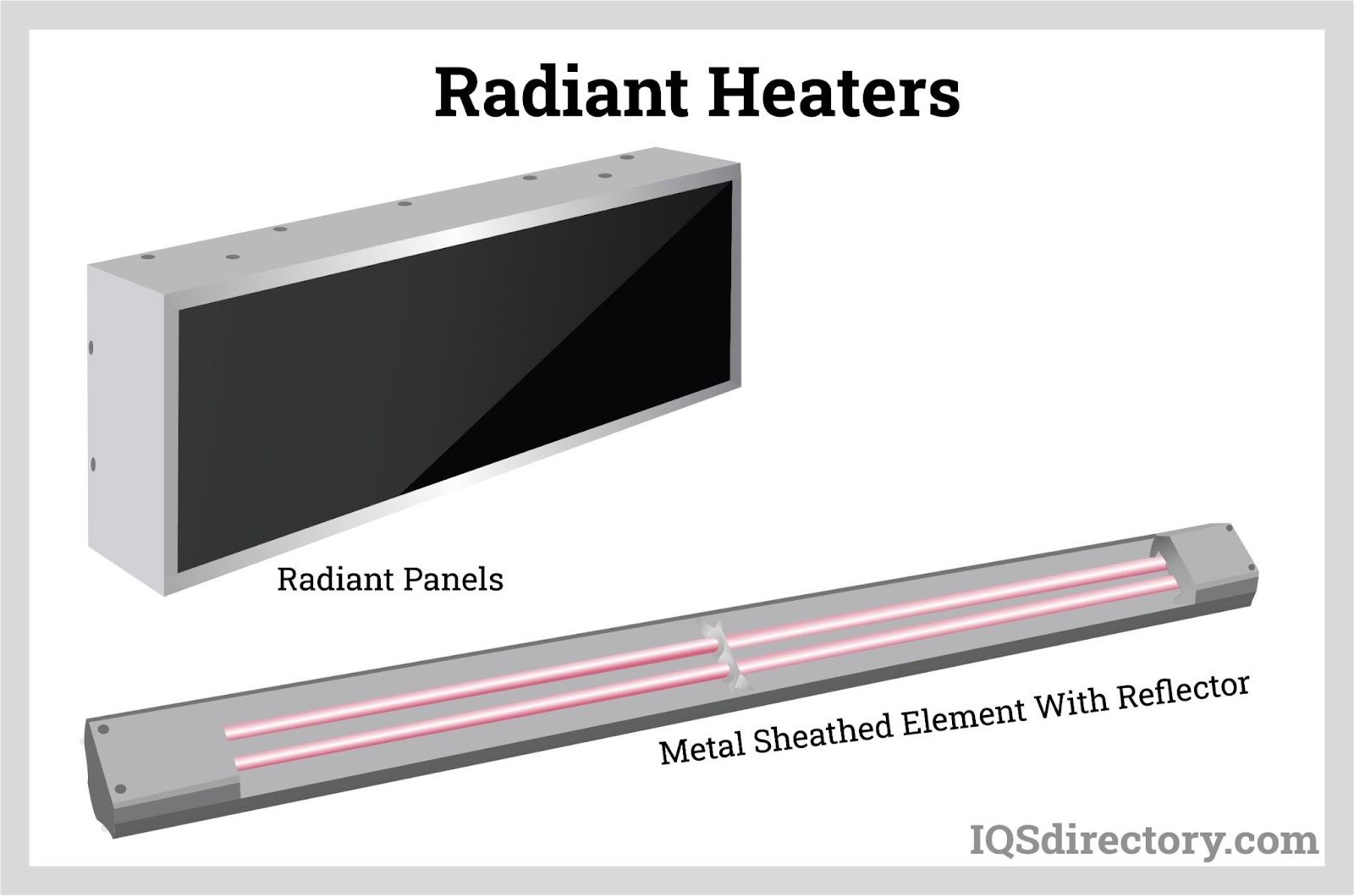8 Easy Facts About 1 Source Portable Air Shown
Table of ContentsGetting My 1 Source Portable Air To WorkIndicators on 1 Source Portable Air You Should KnowThe Best Guide To 1 Source Portable AirThe Of 1 Source Portable AirWhat Does 1 Source Portable Air Mean?
Running prices are based upon an electricity cost of 40c/kWh. The expenses for 3 months' usage in wintertime are based on 500 hours make use of, or approximately 6 hours daily for 3 months. Optimum heat outcome is based on the maximum power level of the models we have actually examined (we concentrate on higher wattage heating systems).
On standard, small fan heating units are less expensive to acquire, however can have greater running expenses. Oil column heating systems will be the cheapest on the market to run (on standard) but just by a slim margin ahead of convection heaters (like panel and micathermic panels).
Getting My 1 Source Portable Air To Work
If you have a reversible ceiling fan, it'll assist distribute the heat around the area more evenly. The designs in our electric heaters test commonly range in price from well under $100 to over $900, but we've discovered a higher rate tag doesn't constantly mean far better performance. A variety of pricey heating systems have stopped working to thrill our testers, while some more affordable models create surprisingly excellent buys.
As the name suggests, they emit warmth from a heated home heating component (so the family members will have to take turns sitting in front of it). There are floor and wall-mounted models offered. Radiant heating units are fairly economical. They have a cosy radiance and individual warming result, like resting in front of a fire.
Radiant heaters typically cost between $20 and $200. Oil-filled column heating systems don't really shed oil they make use of electrical energy to warm the oil that's secured inside their columns or 'fins'.
10 Easy Facts About 1 Source Portable Air Described
Some column heaters aren't also oil-filled however instead use other material or heating technology to work similarly - 1 Source Portable Air. The threat of fire with an oil column heating system is low contrasted to other heater types, but never zero. Oil heating systems don't have actually subjected components like glowing heating units do, and their surface temperature is lower than lots of various other heater types (their big surface makes up for it)
Oil column heating units won't explode, and while they do not melt their oil to produce heat, it's still flammable, so there is a fire threat if the oil leaks, if the heater pointers over and leaks, or if combustible objects or textile come right into get in touch with or drop on the heater. You need to exercise the exact same degree of caution with oil heating units as for other heater types, and never ever hang towels or clothes over one to completely dry them make use of a drying out shelf rather, at the very least one metre away.
Column heating units are specifically helpful in areas where they'll be switched over on for extended periods of time or where they'll operate neglected, such as overnight in a room. The surfaces you're likely to touch on a column heater don't obtain as warm as various other kinds of electric heaters. You can utilize a ceiling fan on extremely low rate to aid the column heater to disperse the warm much faster and a lot more uniformly.
Oil-filled column heaters generally set you back in my sources between $50 and $450. Convection and panel heaters draw cool air over an electrical home heating element.
The Basic Principles Of 1 Source Portable Air

Convection and panel heating units are much more mobile than their oil-filled column heating system equivalents since they're dramatically lighter. Like a column heating system, you can utilize a ceiling follower on very reduced speed to disperse the warmth faster and more uniformly.

The 10-Minute Rule for 1 Source Portable Air
Fan heating systems are commonly smaller and extra portable than other electric heating units. They also come in the type of tower follower heating systems, which can be much better for distributing warmth around bigger areas as a result of their taller profile. They can heat the air in an area extra rapidly, equally and swiftly than some various other heater types.
They can be fairly loud with the follower on complete power, though are normally fairly silent at useful content lower follower speeds. Fan heaters (ceramic or otherwise) normally expense between $60 and $900. Ceramic fan heating units aren't always any type of different in price to non-ceramic models. A fairly recent participant into the customer market, infrared heating units heat up the space like the sunlight warms your face (without the UV rays so no risk of skin cancer). 1 Source Portable Air.